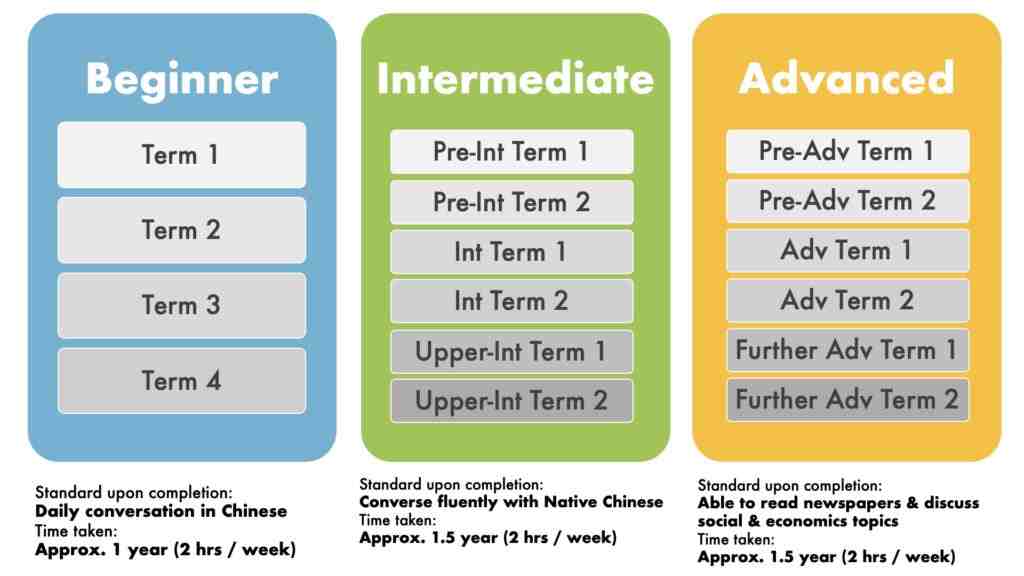The Mid-Autumn Festival
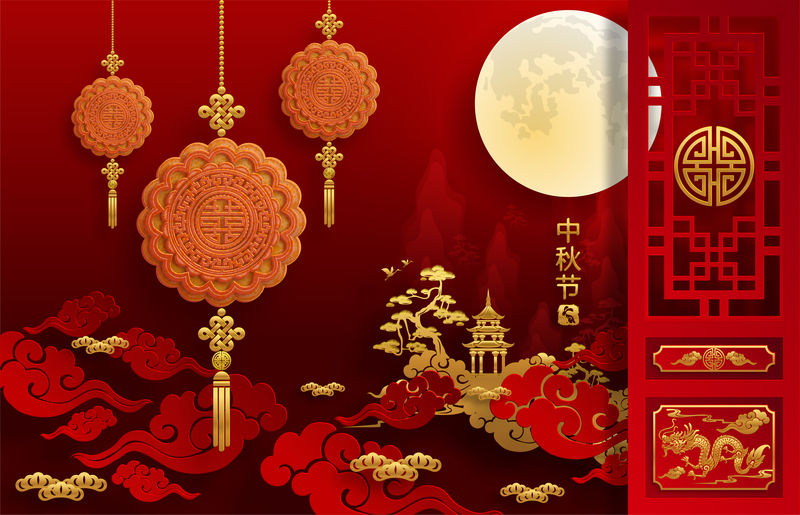
What is the Mid-Autumn Festival?
The Mid-Autumn Festival, also known as the Moon Festival or Zhongqiu Festival, is a traditional Chinese holiday celebrated on the 15th day of the 8th month of the lunar calendar, which typically falls in September or October in the Gregorian calendar. This festival has deep cultural and historical significance in Chinese and many other East Asian cultures, including Vietnamese, Korean, and Japanese.
How to celebrate the Mid-Autumn Festival?
Key features and customs of the Mid-Autumn Festival include:
- Mooncakes: Mooncakes are a special type of pastry that is traditionally eaten during the Mid-Autumn Festival. These round cakes are often filled with various ingredients such as sweet bean paste, lotus seed paste, salted egg yolks, and sometimes nuts or fruit. They are typically stamped with intricate designs and symbols, and they symbolize completeness and togetherness.
- Moon Gazing: The Mid-Autumn Festival coincides with the fullest and most luminous phase of the moon, making moon gazing a popular tradition. During this time, loved ones gather in outdoor settings to appreciate the moon’s enchanting radiance while bonding over shared tales and memories.
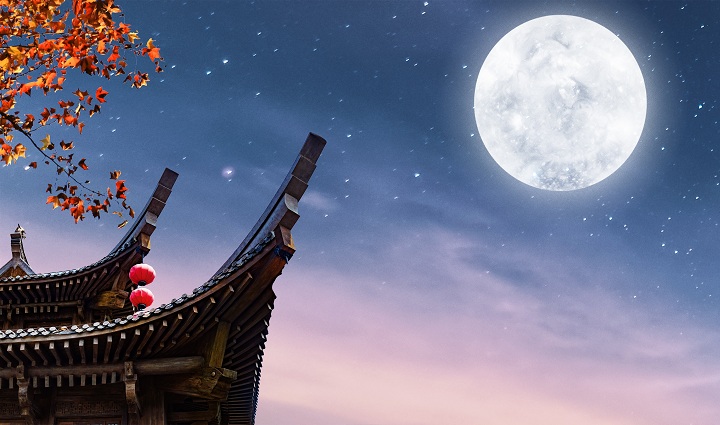
- Lanterns: In some regions, people hang colorful lanterns in parks and streets to create a festive atmosphere. Lanterns come in various shapes and sizes, including traditional red lanterns and those shaped like animals, plants, or characters from folklore.
- Family Reunions: Similar to other major Chinese festivals, the Mid-Autumn Festival is a time for family reunions. People travel to be with their families, share meals, and enjoy each other’s company.
- Folklore and Legends: The festival is associated with various myths and legends, the most well-known of which is the story of Chang’e, the Moon Goddess, and her companion, the Jade Rabbit. Different regions may have their own variations of these tales.
- Mid-Autumn Festival Games: Some traditional games and activities are played during the festival, such as dragon and lion dances, lantern riddles, etc.
- Giving Gifts: It’s customary to exchange gifts during the Mid-Autumn Festival, often presented in beautifully decorated boxes or baskets.
Mooncakes in China History
According to legend, in 1368 (which is 88 years after the domination of the Mongolians by the Han people), the emperor of the Ming Dynasty Zhu Yuan Zhang decided to revolt against the Mongolians with the help of his friend Liu Bo Wen. Liu was not only a poet and a philosopher, but also an excellent military strategist.
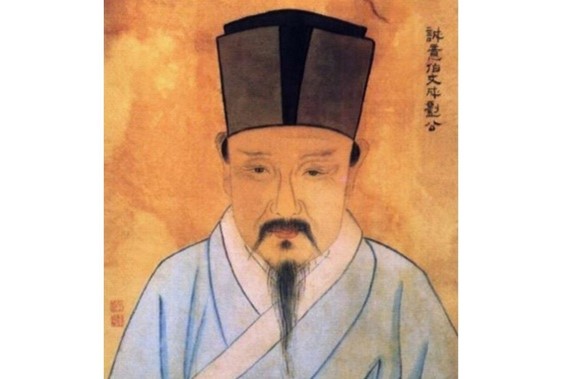
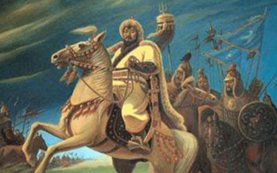
When the Mid-Autumn Festival was approaching, he suggested a plan to hide a note inside a mooncake. The content of the note was words that encouraged people’s uprising against the Mongolians.
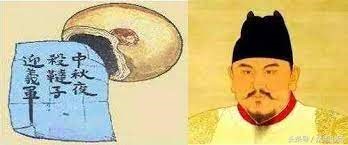
He hid millions of moon cakes with ciphertext and distributed them to every household. Therefore, at the night of the Mid-Autumn Festival, the Chinese were able to be liberated from the Mongols.

Does the Mid-Autumn Festival equal to Chinese Valentine’s Day?
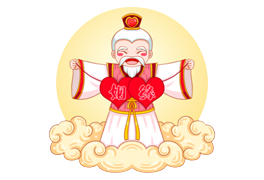
Although Qixi Festival is generally considered to be the Chinese Valentine’s Day, the Mid-Autumn Festival is actually the original day to celebrate “LOVE” in China. In Chinese mythology, Yue Lao (the Moon Elder) dominates marriage and love.
The Mid-Autumn Festival is a festival to celebrate the full moon, so it is related to Yue Lao and can also be considered as Chinese Valentine’s Day.
Mid-Autumn Festival’s Folklore and Legends: Yutu – 玉兔 – Jade Rabbit

The Jade Rabbit or Yutu is a character from Chinese folklore, who lives on the moon with Chang’e, and is always seen preparing the elixir of life for the immortals.
Once, The Jade Emperor needed to find someone as a divine medicine maker. He came to the earth and pretended to be an old man in search of food in a forest. Then he met 3 animals there.
The monkey and fox quickly offered him some food. But, the rabbit couldn’t find anything, so it jumped into the fire, offering itself as food instead. The Jade Emperor was moved by the rabbit’s selflessness and finally chose the rabbit as his divine medicine maker.
Mid-Autumn Festival’s Folklore and Legends: Chang’e 嫦娥 Flying to the Moon
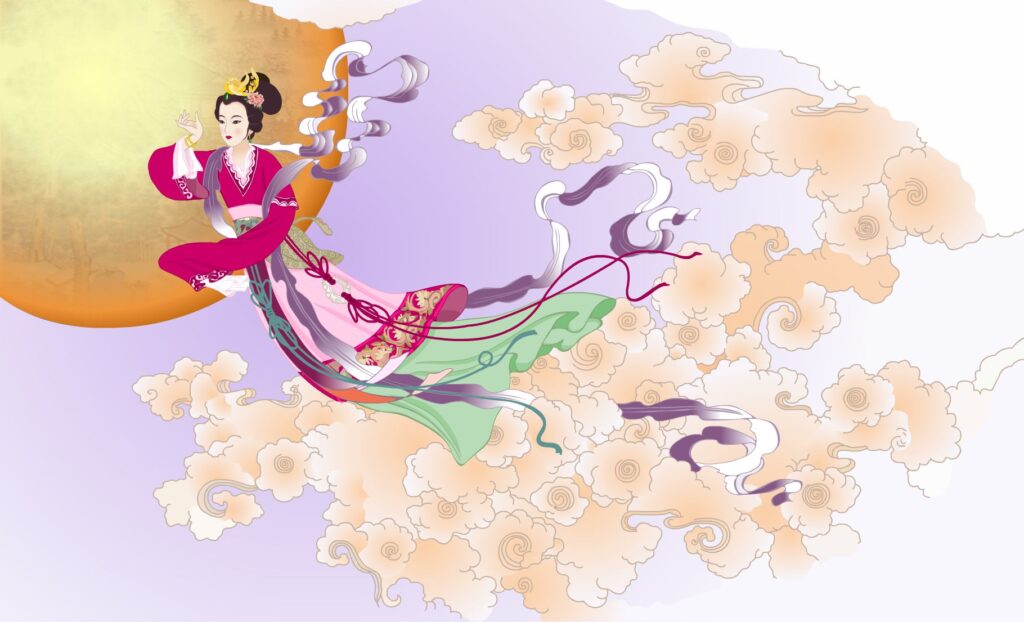
According to folklore, Chang’e was Hou Yi’s wife. After Hou Yi shot down 9 suns, Queen Mother West presented him with an elixir of life for immortals as a reward, and he gave it to Chang’e for safekeeping.
However, Hou Yi’s disciple, Peng Meng threatened Chang’e for the elixir. Chang’e helplessly swallowed the elixir herself, soon floating into the sky.
She became immortal and had to stay in the Moon Palace. Yutu felt guilty because he is the one who gave the elixir to Queen Mother West and caused all of this. So, Yutu decided to accompany Chang’e to the Moon Palace.
Hou Yi shouted to the sky and surprisingly discovered the full moon was extremely bright that night. That day was the 15th day of the 8th month of the lunar calendar. He caught sight of a swaying figure that was exactly like Chang’e. He immediately made mooncakes which is Chang’e’s favorite food.
Then, he put a table under the moon and placed the moon cakes with candles on the table, convening a memorable ceremony for Chang’e, who lived on the distant moon.
When local people heard the story of Chang’e, they offered mooncakes and fresh fruits to the moon to worship the Moon Goddess Chang’e. Since then, worshiping the moon and eating moon cakes became a tradition of the Mid-Autumn Festival.
🍂 🍊🌰🥮 🥧☕
As the full moon graces the night sky during this Mid-Autumn Festival, may its luminous glow illuminate your life with warmth, togetherness, and cherished memories. From mooncakes shared with loved ones to the glow of lanterns lighting up the darkness, let us carry the spirit of this beautiful tradition in our hearts.
As we bid farewell to this enchanting celebration, remember that the essence of the Mid-Autumn Festival – family, gratitude, and the joy of sharing – can brighten our days long after the moon has waned. Until we gather under the next full moon, may your days be filled with happiness and unity.
Happy Mid-Autumn Festival!








